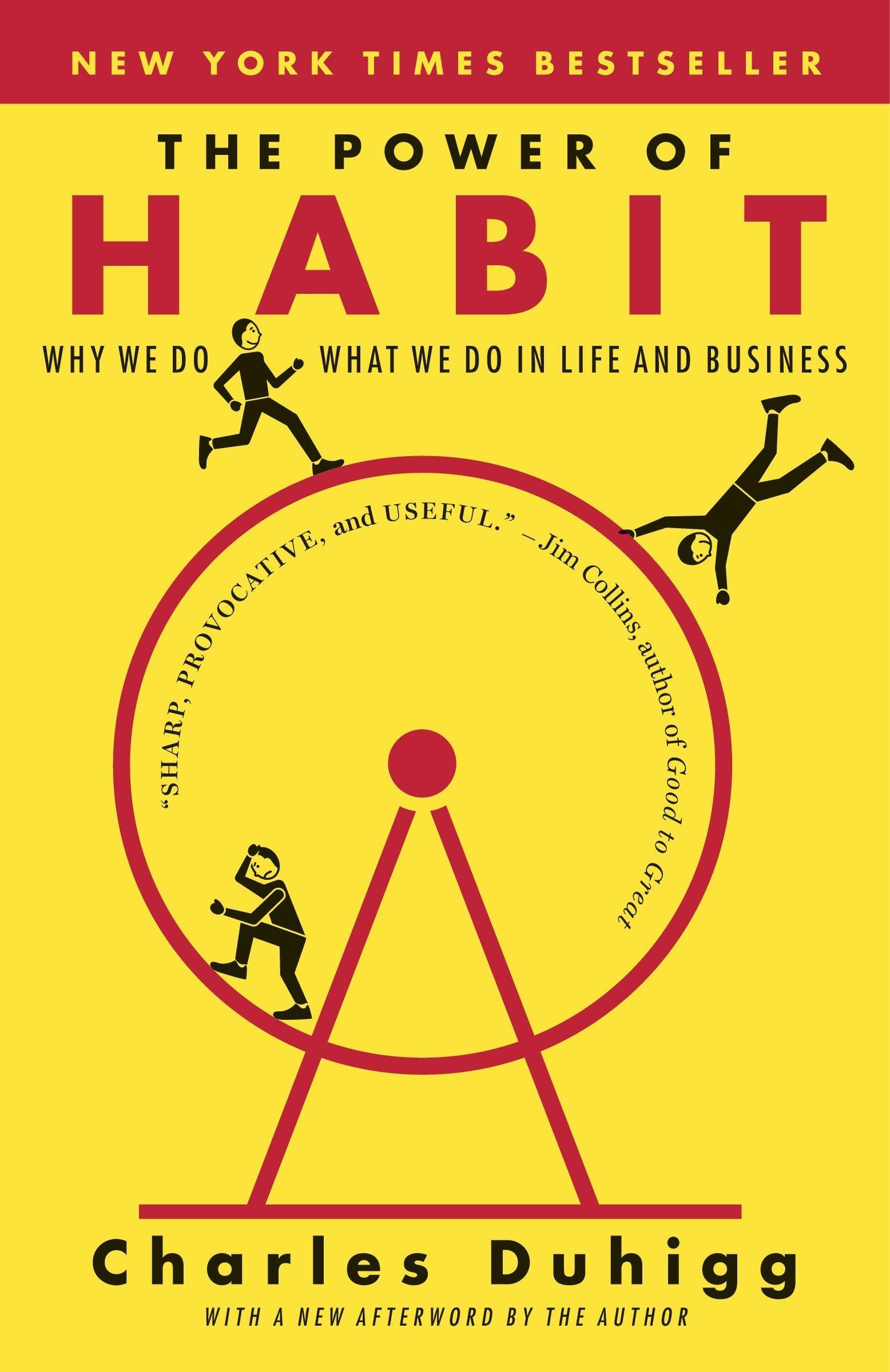
Imagine for a moment that each habit you possess is a small, unassuming cog within a grand machine. This machine is the essence of your daily life, comprising routines and rituals, from the moment you wake up to the instant you nestle into bed at the day’s end. In “The Power of Habit,” Charles Duhigg meticulously dissects the intricate workings of this machine, revealing how habits are not just trivial aspects of our lives—they are the very foundation of our behavior, productivity, and ultimately, our destinies.
Duhigg’s book is more than an exploration of individual habits; it is an unveiling of a psychological marvel. He entwines anecdotes and research to illuminate how habits are formed and transformed. The narrative, buoyed by intriguing metaphors, provides an engaging experience. It opens readers’ eyes to the potential of rewiring their brains—a prospect as exciting as it is empowering.
At the heart of Duhigg’s thesis lies the concept of the “habit loop,” a triad consisting of cue, routine, and reward. This elegant framework serves as the backbone of habit formation. Picture this loop as a symphony: each component plays its notes in flawless harmony, generating a melody that resonates deep within our routines. The cue acts as the conductor, initiating the performance. The routine is the orchestra—where effort, feeling, and action converge. Lastly, the reward is the grand crescendo, offering satisfaction and reinforcing the desire to repeat the cycle.
Duhigg investigates a sumptuous variety of case studies, illustrating the multifaceted nature of habits. One particularly striking example is the compelling story of Tony Dungy, the former head coach of the Tampa Bay Buccaneers. Dungy understood that cultivating a winning culture required more than just tactical acumen; it necessitated instilling solid habits in his players. By demolishing negative behaviors and erecting new, constructive patterns, he transformed the Buccaneers from perennial losers into champions. This vivid illustration demonstrates how habits can transcend personal boundaries, impacting teams and organizations alike.
Moreover, the book shares insights into how companies leverage habit formation for their benefit. One fascinating case is that of Starbucks, which meticulously trains employees to create a positive experience for customers. By embedding particular routines into their interactions, baristas evoke feelings of comfort and connection, thereby fostering customer loyalty. The habitual engagement in this context offers a potent reminder of how businesses can craft experiences that resonate deeply with consumers, turning casual visitors into steadfast patrons.
Yet, what makes Duhigg’s exploration especially captivating is his ability to blend scientific research with storytelling. He delves into the neurological aspects behind our habits through groundbreaking studies, such as those involving the brains of patients with damaged decision-making abilities. These patients, stripped of conscious reasoning, still exhibited ingrained habits. It’s a poignant reminder that our behaviors are often automatic, akin to gears spinning without our conscious involvement. Herein lies a paradox that is both riveting and unsettling; we are creatures of habit, propelled by instincts that lie beneath the surface of our awareness.
Throughout the narrative, Duhigg does not shy away from addressing the challenges associated with habit change. He acknowledges that breaking a habit is often akin to navigating a labyrinth—fraught with dead ends and perplexing turns. Yet, with the right understanding of the habit loop, overcoming these obstacles becomes achievable. The insight that it is often the cue that must change—not merely the routine itself—acts as a beacon of hope for those striving to alter their trajectories. This theoretical underpinning empowers readers; it champions the notion that transformation is a conscious choice, and therein lies the book’s unique appeal.
As we delve deeper into the intricate fabric of human behavior, Duhigg invites us to ponder the broader implications of our habits. How do they shape our identities? What role do they play in our relationships? The narrative takes us into the realm of social habits as well, exploring how collective behaviors can ignite movements. Through the stirring example of the civil rights movement, Duhigg articulates how simple, habitual actions—such as sitting at a lunch counter—can catalyze revolutionary changes. It echoes the notion that habits, once amplified on a social scale, can birth profound societal transformations.
In conclusion, “The Power of Habit” is not merely a self-help manual; it is a thought-provoking exploration of our innate tendencies. Duhigg crafts a compelling discourse on the dynamics of routine, urging readers to become the architects of their own lives. By unraveling the complex interplay of cues, routines, and rewards, he empowers us to reprogram our habit loops and reshape our destinies. Duhigg’s work resonates like a powerful anthem, inspiring us to tune into our inner machines, recalibrating the cogs until they churn in glorious synchrony. Whether seeking to enhance personal productivity or spark societal change, this book is an invaluable resource, inviting readers to embark on a transformative journey into the fascinating world of habits.
